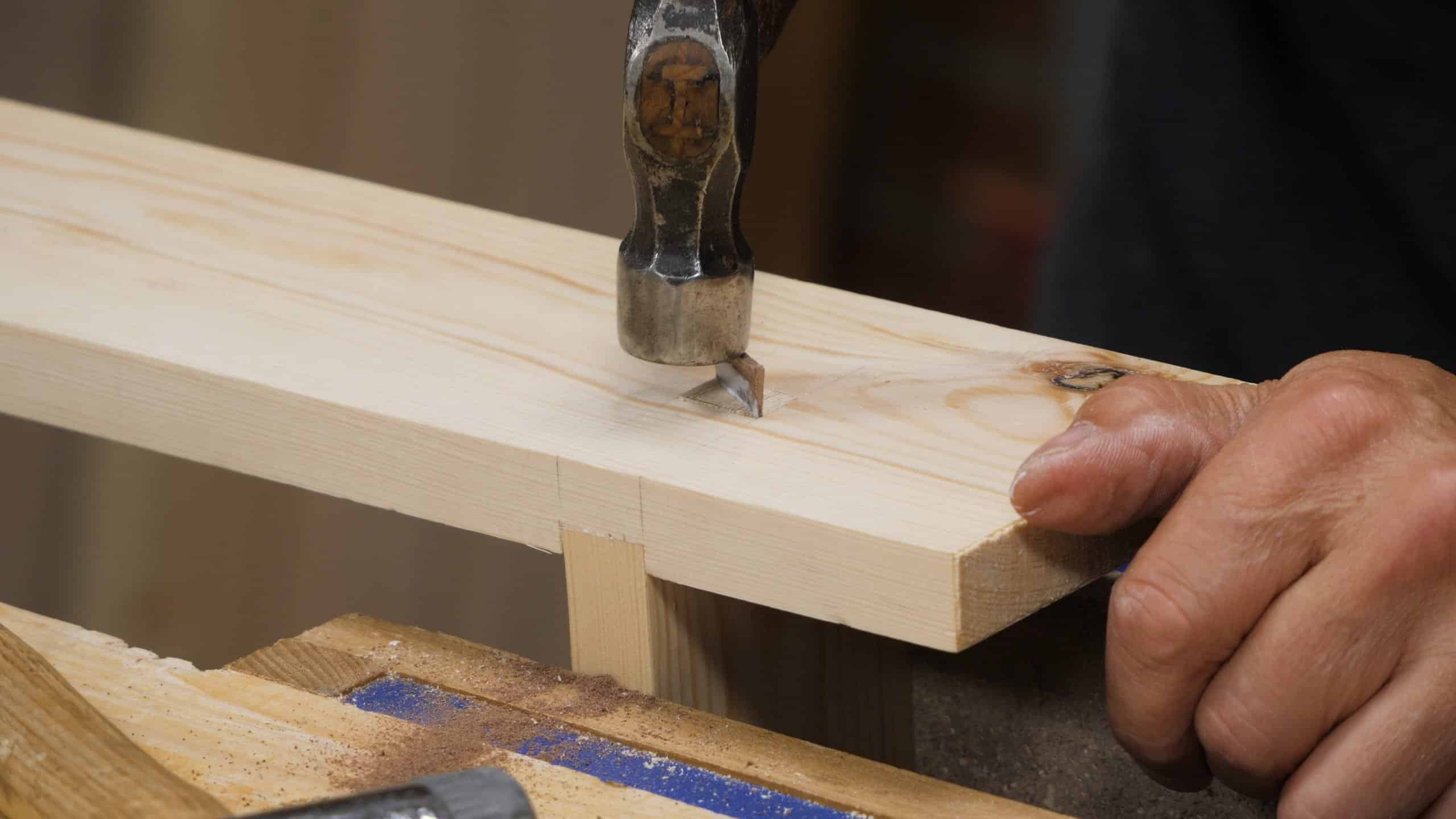Workbench Customisations: Bench Drawer Episode 4
Posted 28 September 2018
This is an episode in a free series. Want to watch it? It is free to do so, you just need to log into the site, and you can enjoy this video and many other videos we think you will love.
The housing dados in the back of the drawer are next, which will then feature a through mortise. Once the housing, mortise and tenon cut are and fit, a dry run is followed by gluing up the drawer.


Love it. Already made my drawer and insert. I love having it in my bench. Thank you for all you do. It’s very much appreciated.
I got a little ahead of you, as I just could not get the dovetails to fit properly. ( Using some old moist wood found in the basement, where we just moved to). So, I just fell back on pocket screws and glue, I did plow groves for the bottom. I made a nice face, to finish and cover the pocket screws and dress the edges around the front. Waiting for the handle, which will serve as an additional support for long boards! Yeah!
I have been following your teaching videos for a couple of years, and have learned a lot. But being an old man (72) with several health issues, including progressive eye failure, I am having much trouble with knife edge accuracy. Thank you so much for the passing on, so freely of your experience, attention to detail and attitude.
Steve Noel,
Liberty, KY USA
Thank you once again for all you do, Paul!
Thank you so much for sharing. Your gifts are truly appreciated.
Thank you so much every time I watch I learn so much.
Thank you so much for all you give. Your teaching style is second to none. If more teachers were like you. People would enjoy learning again. I would have absolutely enjoyed being an apprentice of yours. Your my favorite YouTube channel. Thanks again from Alabama USA.
Johnny
Thank you sir. It might be easier to use a holdfast or clamp on the benchtop instead of alternating between vise and benchtop while cutting the dado.
For the gentleman with sight difficulties, a knife line could be easier because you can feel it with fingers or tip of a knife or chisel.
Nice work young man.
why do we gauge the mortise holes from the top edge not the bottom? I ask because my edge mark is on the bottom of the drawer sides, and face on the insides.
Great series. He doesn’t talk about it but Paul is all about economy of motion, so why aren’t the diamond plates going into the drawer? Is there a reason for that?
I believe those are generally located in the compartment at the end of his bench. If my experience is an indicated it’s because things in the drawer would scratch up the surfaces and if all you could keep in the drawer was the stones it would be kind of a waste of convenient drawer space.
If you see him reach for his stones on the side shelves you’ll see they’re right at hand.
But the real reason is because then his stones would be trapped in his drawer whenever he has long boards clamped to his apron, which happens countless times each day
😉
Ongoing apron drawer joke, hope my sarcasm was clear
I too have trouble reaching into my drawers when I have a long board clamped to my apron. Walking can also be awkward with this arrangement.
I’m having a hard time understanding if Paul is tapering the mortise for the wedged tenon. I thought normally you taper the mortise for strength but it appears Paul is just replacing the saw kerf with a wedge. Is it primarily for aesthetics?
Hi Scott,
I passed on your question to Paul and his answer is below:
I have seen wedge shaped kerfs cut into the tenon to receive the same shape as a wedge but this had no consequence to the compressing qualities of the wedge to the tenon. Far better to drive the wedge which will compress the fibres in the tenon to about 5x the size of a kerf: this level of compression ensures a powerful grip to the tenon within the mortise.
Kind Regards,
Izzy
So no tapering to the mortise then? Thank you very much for the replies.